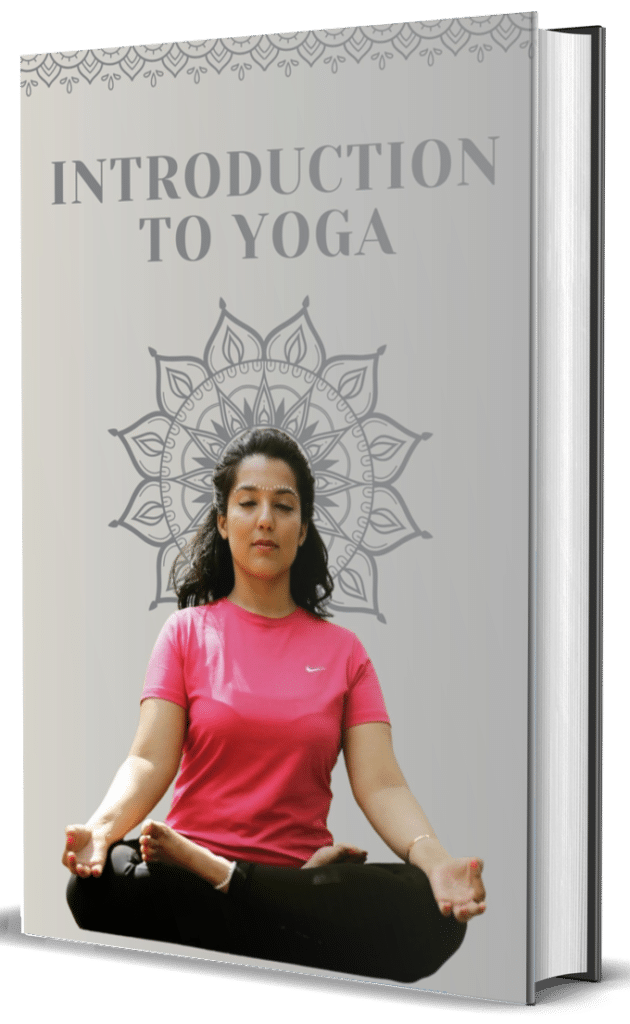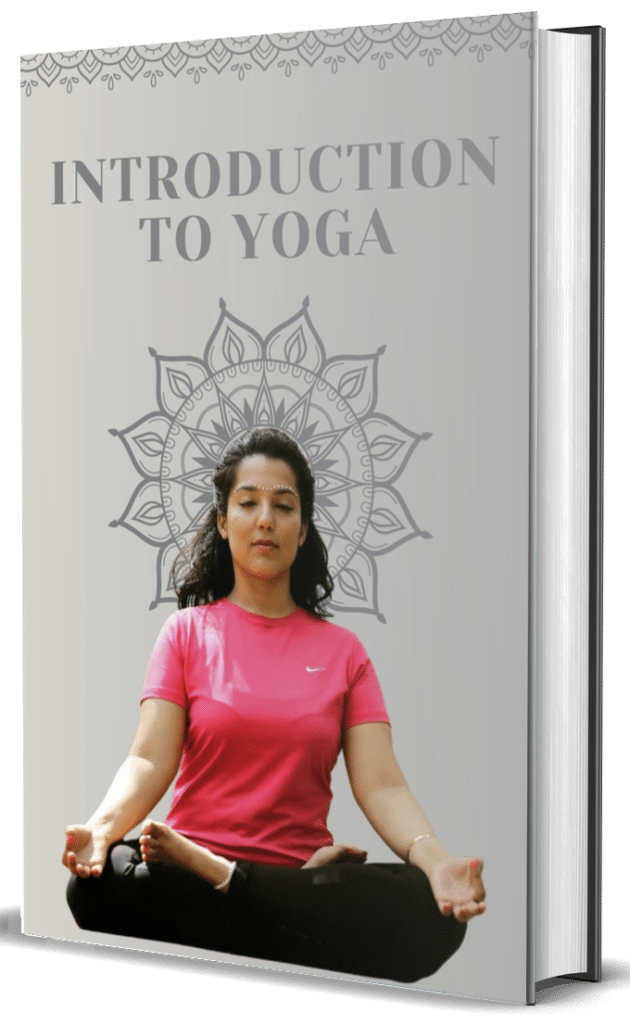Revolved Triangle Pose, or Parivrtta Trikonasana in Sanskrit, is a standing twist that combines elements of balance, flexibility, and strength. This challenging posture is a variation of Extended Triangle Pose (Utthita Trikonasana) with the addition of a deep spinal rotation.
To practice this pose, the practitioner begins in a wide stance with one foot turned out 90 degrees and the other foot slightly turned in. Unlike the standard Triangle Pose where the torso opens to the side, in Revolved Triangle the torso rotates toward the front leg. The opposite hand reaches down to the floor (or a block) on the outside of the front foot, while the other arm extends upward, creating a powerful twist through the spine with both arms in one vertical line. The gaze typically follows the top hand.
This asana offers numerous benefits: it stretches and strengthens the hamstrings, calves, hips, and spine; improves balance and coordination; stimulates the abdominal organs through the twisting action; and enhances spinal mobility. The pose also cultivates focus and determination as practitioners work to maintain alignment while in the challenging position.
For beginners or those with limited flexibility, modifications include using a yoga block under the lower hand, keeping the back heel lifted, or practicing against a wall for support. Revolved Triangle is contraindicated for those with serious back injuries or severe sciatica unless modified appropriately under experienced guidance.



